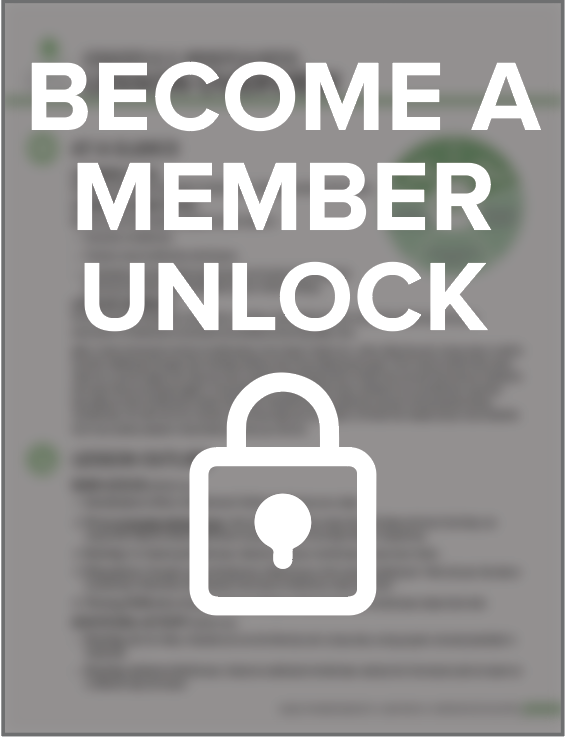Locked Content
Unlock this lesson plan by becoming a paid member. Existing members, please log in.
Students will learn active listening strategies and practice them in conversations.
By the end of the lessons, students will be able to:
- Describe different active listening strategies
- Explain why conversation is important
- Understand how it feels to be a speaker when someone really listens
Research shows that people who have been taught to listen are better at it!
This lesson on listening begins with a mindful listening practice, followed by a lesson on active listening. After a hook of seeing how many details of a story students can recall, you’ll discuss the “moves” of active listening—summarize, body language, clarifying questions—students pair up and practice. One student tells the other about a great day they had recently while the other person practices listening actively. Students discuss how the listening activity went ending with personal reflection in their journals.
Listening is hard! Talk about the challenges of listening to online lessons. Students probably have something to say about this!
For the Active Listening activity, teachers who are comfortable with break-out rooms should pair students. Alternatively, the teacher chooses students to answer the prompt for each component while modeling good Active Listening. Next, the teacher answers the prompts while the students practice Active Listening. For the Text vs Face-to-Face activity, have the conversation with a student while each writing on, then holding up a piece of paper. At times, turn your back to the camera or get up from your seat to model poor listening. Have students create a poster with the 6 components of Active Listening.
Begin the lesson by reading the description of each Active Listening component and ask what poor technique might look like, pause, then model. Then ask what good technique might look like, pause, then model. Have students create a poster with the 6 components of Active Listening. Students should practice Active Listening at home.
CASEL Competencies
Self-management: The abilities to manage one’s emotions, thoughts, and behaviors effectively in different situations and to achieve goals and aspirations. This includes the capacities to delay gratification, manage stress, and feel motivation & agency to accomplish personal/collective goals.
Relationship skills: The abilities to establish and maintain healthy and supportive relationships and to effectively navigate settings with diverse individuals and groups. This includes the capacities to communicate clearly, listen actively, cooperate, work collaboratively to problem solve and negotiate conflict constructively, navigate settings with differing social and cultural demands and opportunities, provide leadership, and seek or offer help when needed.
Social awareness: The abilities to understand the perspectives of and empathize with others, including those from diverse backgrounds, cultures, & contexts. This includes the capacities to feel compassion for others, understand broader historical and social norms for behavior in different settings, and recognize family, school, and community resources and supports.


